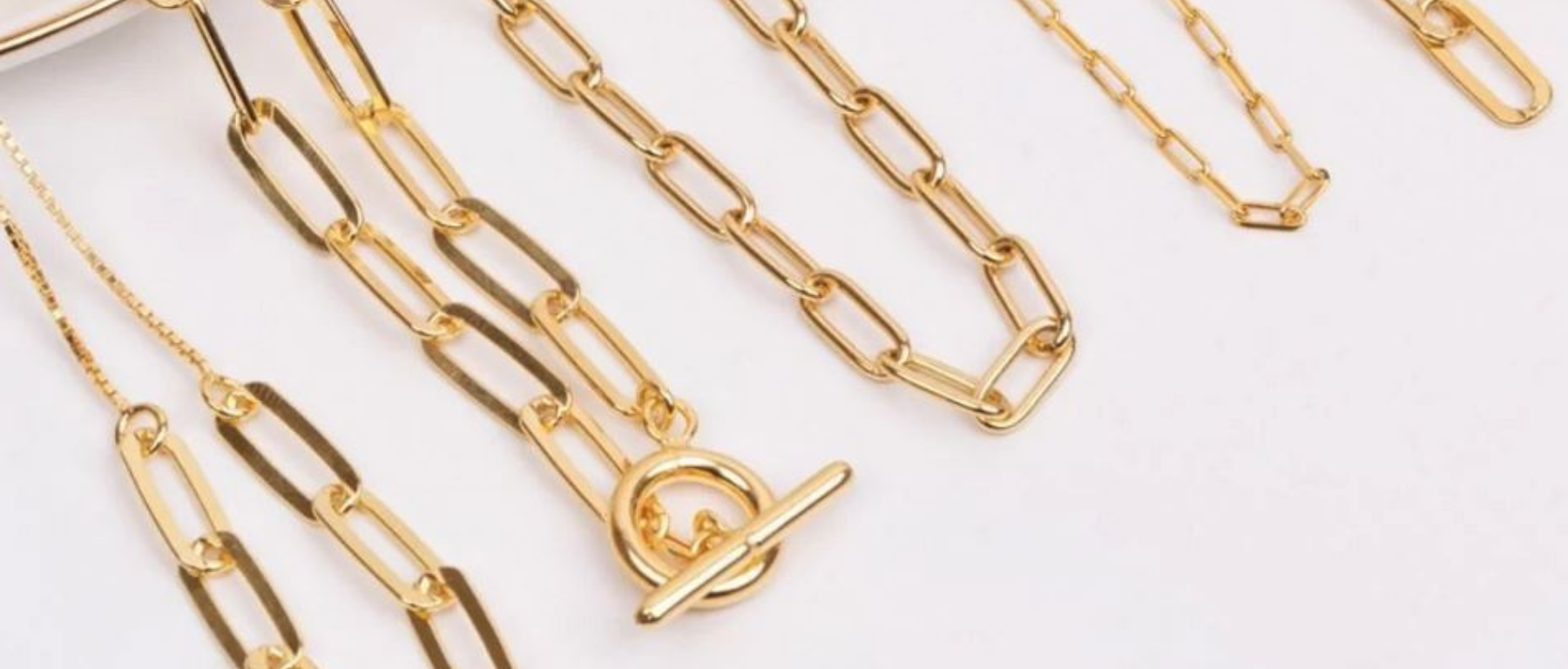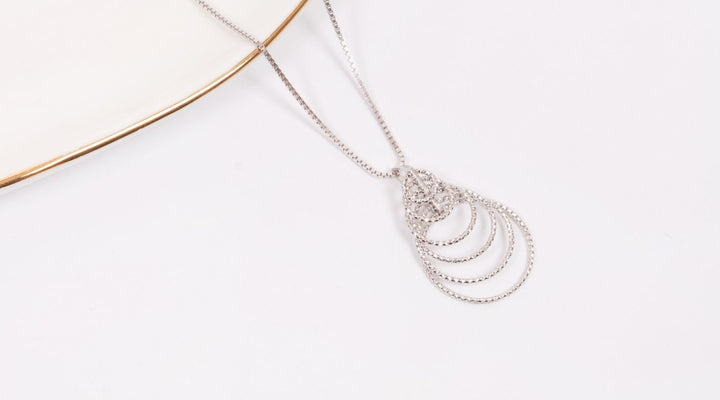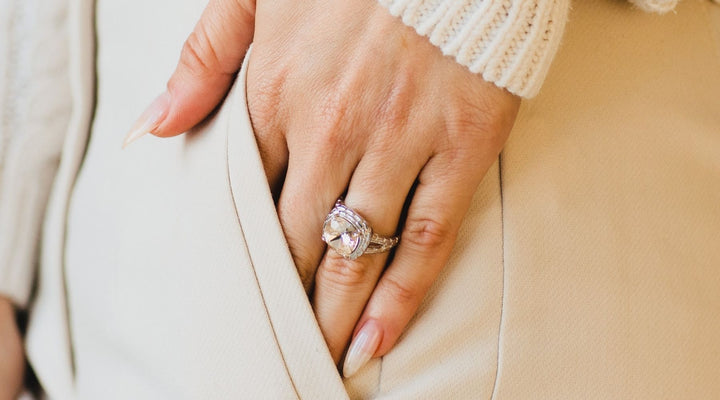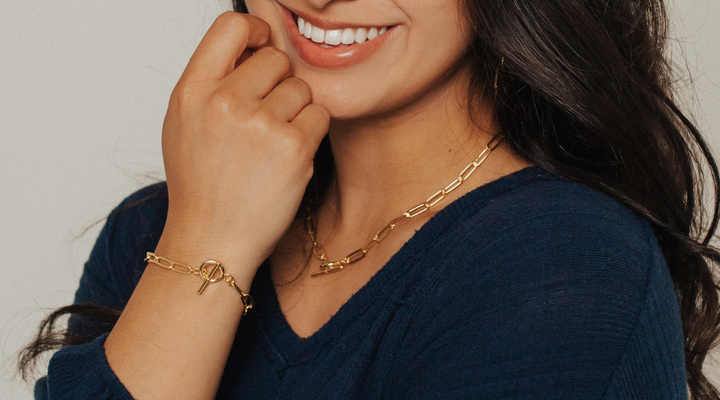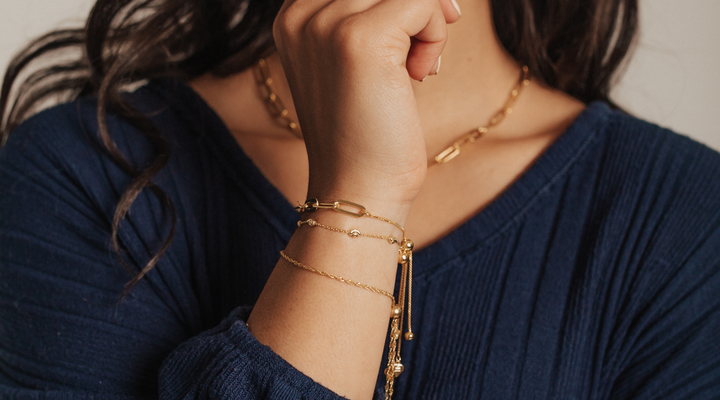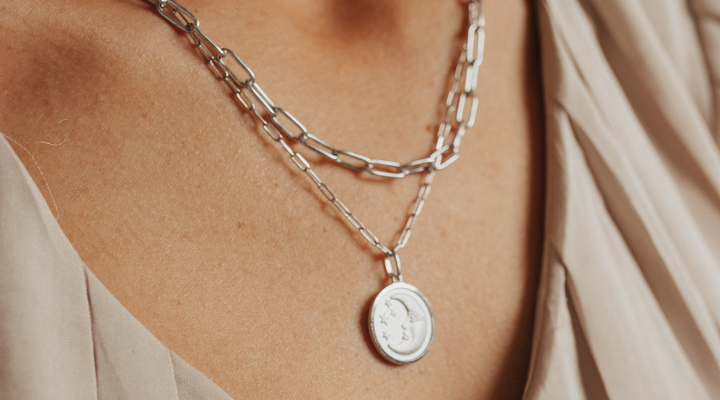5 Common Bracelet-Buying Mistakes and How to Avoid Them
Posted by Deven Davis on
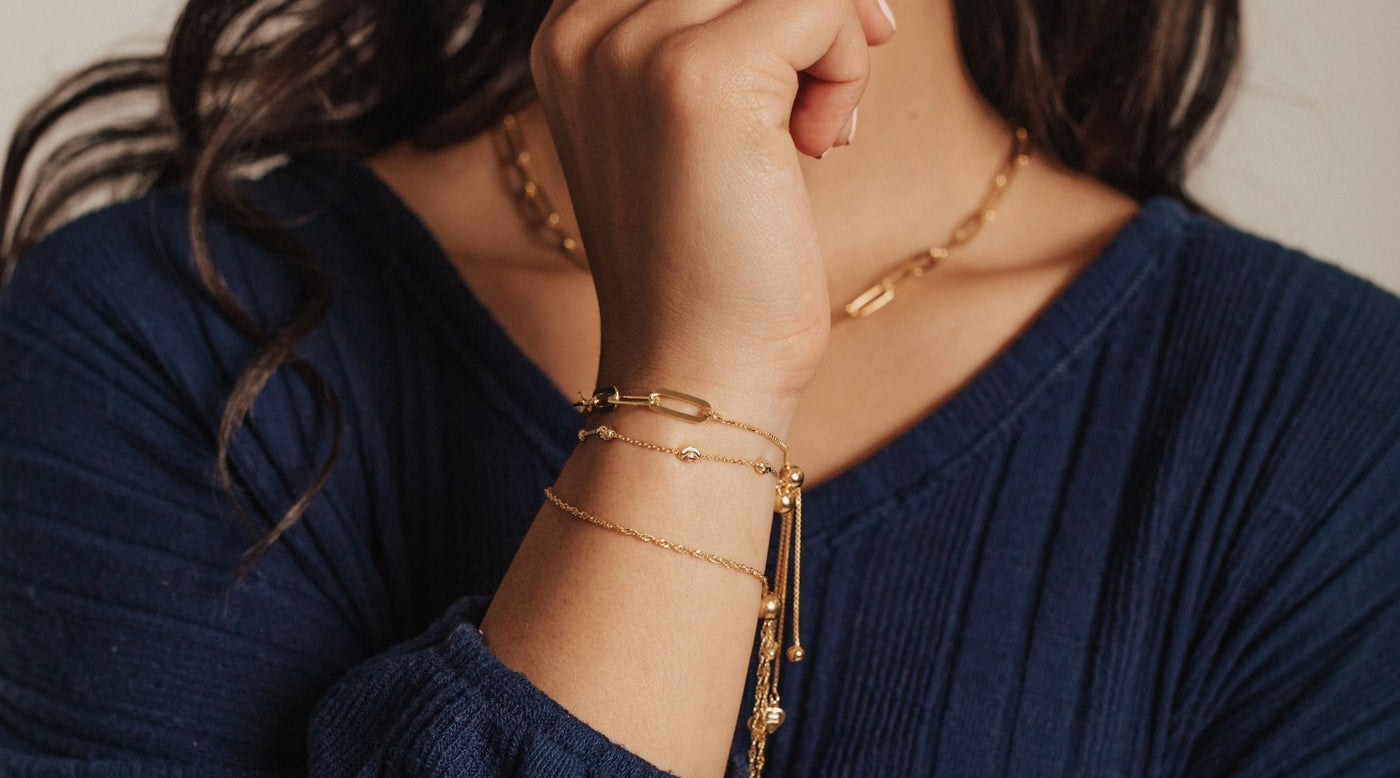
5 Common Bracelet-Buying Mistakes and How to Avoid Them
Keyword(s): bracelet buying mistakes
Do you have dreams of opening up your own boutique?
Are you trying to revamp your current venture or personal brand?
You know you can't run a successful shop or brand without jewelry. The jewelry industry is worth over $330 billion, with consumers buying items year-round for birthdays and special occasions. The industry is especially hot during the holidays as jewelry is a top-selling gift during the season.
If you want to increase customer acquisition, retention, sales averages, and professional credibility you have to level up your purchasing strategy.
Revising your buying starts with recognizing bracelet-buying mistakes that lead to loss. You can even apply this advice to your own personal jewelry collection or professional brand.
Here are five important mistakes to know.
1. Not Looking at Past Bracelet Purchases
Are you looking at past sales before buying your next round of jewelry? Are you taking stock of your personal bracelet collection?
You know all too well how important this step is if you're running a boutique or brand. Yet, how closely are you analyzing your data?
First, if you're managing a boutique, separate jewelry sales (and bracelets) from the rest of your inventory. You can do this with your point-of-sale (POS) system filtering features.
You should be able to view the following jewelry information:
- Amount sold (during a specific time frame)
- Item type (including SKU numbers)
- Vendors
- Price it was sold
- Price it was bought
- Profit margins
- Amount on hand
You'll know right off the bat to reorder your most popular types of bracelets. This data will stand out in your reports. You'll also discover which bracelets aren't trending as well with your customers;for these items, rethink your visual merchandising strategy to get more eyes on them.
If you're a jewelry collector, enthusiast, or stylist, consider keeping your own catalog of items. This tip will keep your styling ideas fresh.
2. Not Diversifying Your Selection
While you don't want to continue selling bracelets that are missing the mark with your customers, you don't want your product selection to go stale, either. It's just as important to test new bracelets as it is to stock popular favorites.
Start with just a few new bracelets. You could start with six items and merchandise them to see if they catch customers' eyes. Promote new items through your customer service strategy to ensure all your bases are covered.
Stylists have a real advantage here since trust is foundational to their customer relationships.
You can apply the same strategy to your professional (or personal brand.)
Diversify your own personal jewelry collection with new additions to keep your brand fresh. However, this doesn't mean you have to follow the latest jewelry trends to a T. Incorporating unique bracelets into your personal style is an excellent way to reflect your personality in a refined way.
3. Bracelet-Buying Mistakes that Lead to Skin Reactions
Research is always important when buying any product, but it's especially vital when purchasing bracelets and jewelry pieces.
For starters, buying bracelets made with "fake" or low-quality metals is a disaster. There's a higher likelihood that you (or your customers) will develop a rash or skin sensitivity to an improperly manufactured bracelet. Worse yet, this problem can lead to liability issues.
The above issues are typically seen in fake gold or silver bracelets marketed as real gold or silver.
The best way to mitigate this issue is to talk to a vendor before making a purchase and reading online reviews. If a customer experiences an adverse skin reaction to a bracelet, you'll hear about it online. You can find these reviews on Facebook, Instagram, and Yelp.
Take note of the following adverse reactions from improper metals:
- Burning sensations
- Possible hives
- Warm skin
- Skin redness
- Rashes
- Tenderness of the skin
- Bumps
- Skin irritation
- Itching
- Swelling
These reactions are commonly known as fake jewelry allergies and may require a dermatologist for treatment if the reactions are severe enough.
The above reactions are common with people allergic to nickel, which is a hallmark of fake gold or silver jewelry.
Cheap jewelry in general can also carry bacteria causing bacterial infections on the skin, providing another reason to buy from trusted, high-quality sources. Remember, affordable luxury shouldn't equate to cheaply-made bracelets.
If you're worried about skin reactions, you should be able to contact a jewelry supplier directly. They should be happy to answer any questions you may have.
4. Not Doing Thorough Research

Remember the above points about skin allergies associated with improperly made jewelry?
You can make similar "due diligence" mistakes when buying bracelets online too quickly.
First, read each product description thoroughly.
A quality supplier should have information-packed descriptions, especially online. If you like a bracelet but don't feel like there's enough information to make a confident purchase, don't hesitate to contact the shop before placing an order. You may even request additional photos of the bracelet to help you decide.
Each description should include the following information
- The country where the bracelet was made
- The item's size in inches
- Type of adjustment (for example, a patented adjusting gasket)
- Metal type
- Metal finish
- Multiple product photos
Metal type is an important descriptor to note. For example, if a bracelet's metal type is sterling silver, you'll know it's a hypoallergenic piece.
Customer reviews listed on the product page itself are another plus. Roma Designer Jewelry even provides a quality status bar, letting customers rate a bracelet's quality from poor to excellent. You'll also find average star ratings for every bracelet.
5. Create a Jewelry Budget First
One of the biggest bracelet-buying mistakes is not staying within a budget. Jewelry collectors, stylists, enthusiasts, and boutique owners should set strict budgets beforehand. Otherwise, you'll miss out on buying more pieces when the time comes.
Write down a list, starting with the total amount you're willing to spend. Next, think about why you're buying the bracelet (or multiple bracelets.) Is it for a career, retail purchasing, personal branding, a professional styling job, and so forth?
Remember, you can get a lot more for your money by targeting affordable luxury pieces. Comparing bracelet prices also reveals reasonable price averages.
Buy Only the Best Bracelets for Your Brand
Avoid disappointments, skin reactions, and exorbitant prices when shopping for bracelets. Remember these bracelet-buying mistakes when purchasing your next piece or set.
Roma Designer Jewelry wants to help you style yourself and others affordably with designer quality. Browse our extensive collection of bracelets or contact us today to learn more.
We're happy to help!
